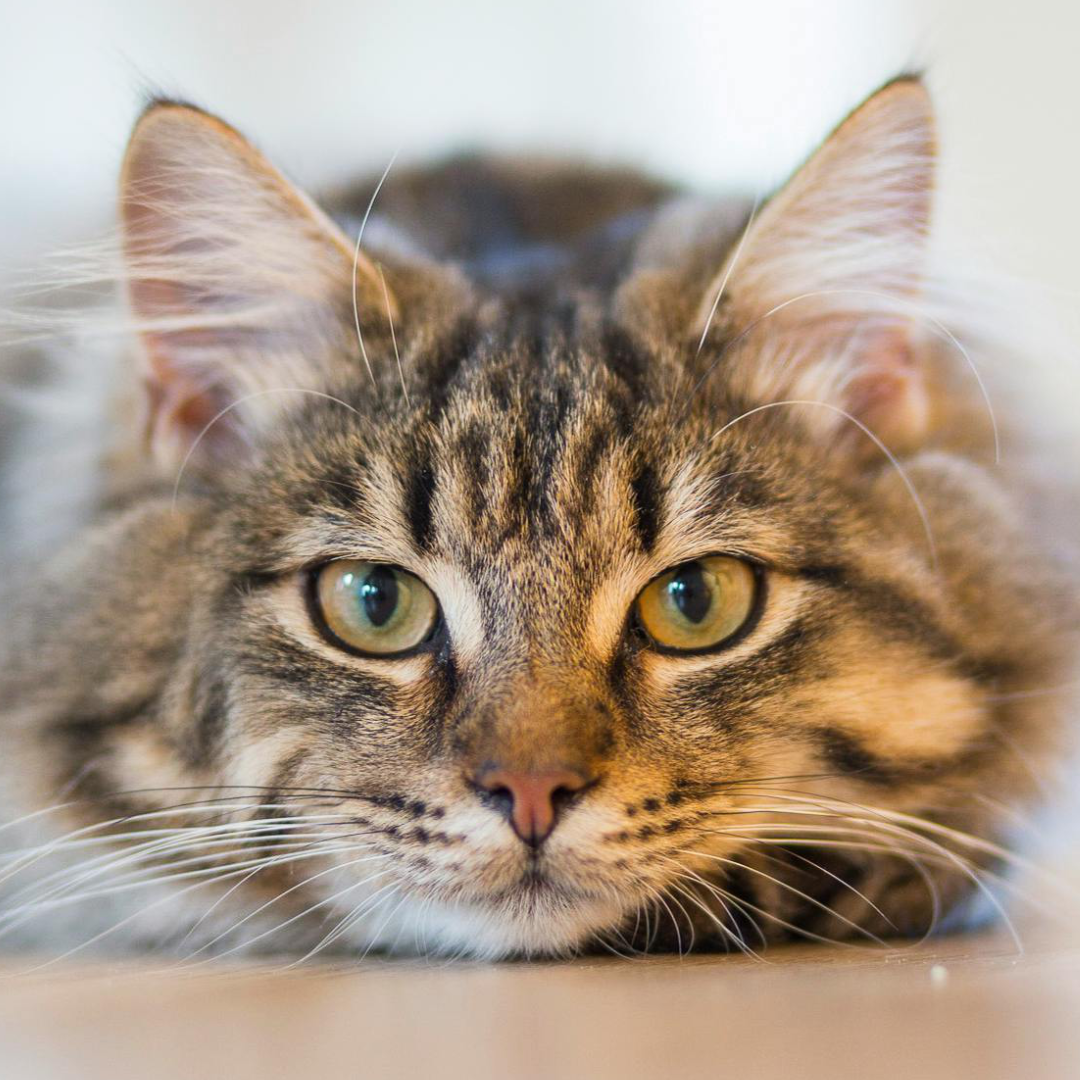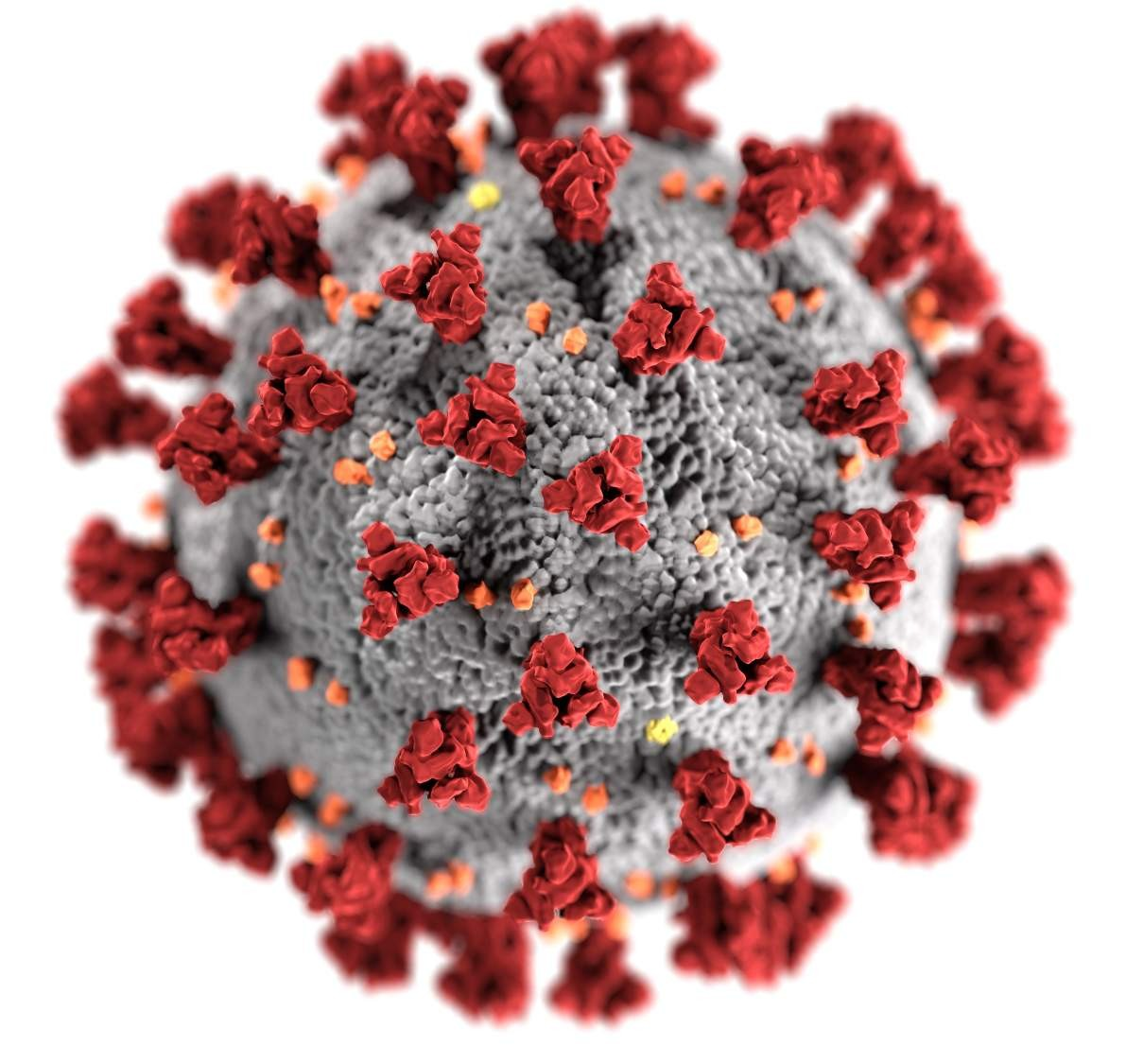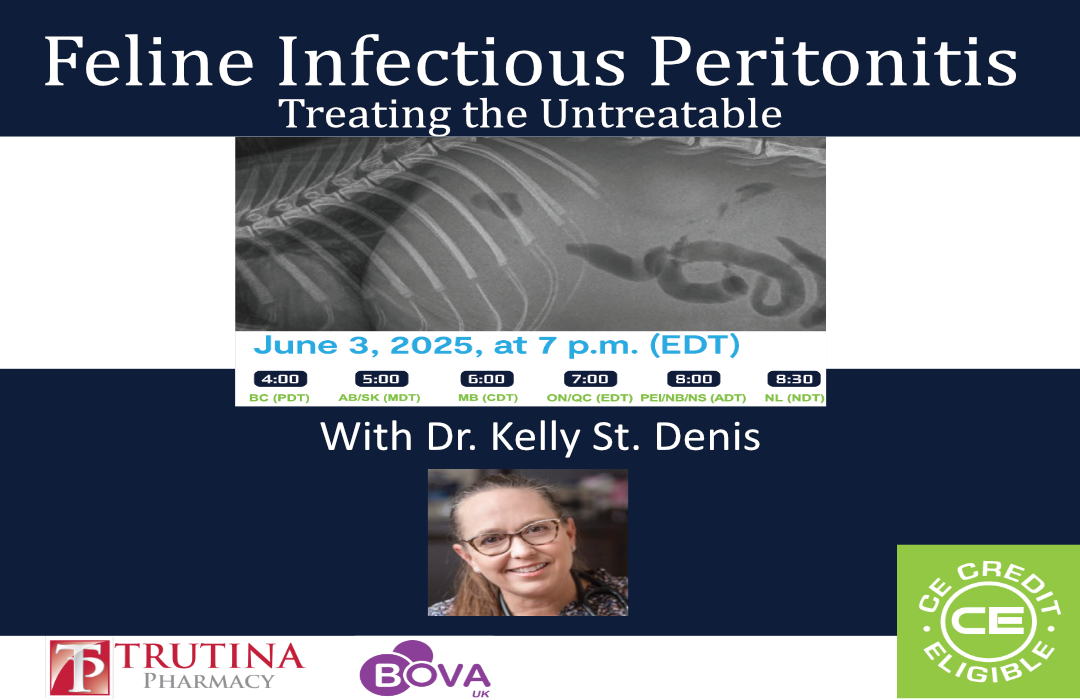
Treatments for FIP and Antiviral Resistance
Treatments for FIP and Antiviral Resistance
Dr. Scott Weese published a blog April 18th 2025 title “Antiviral Stewardship in Cats, Part 2: GS-441524” which raises some questions related to antiviral resistance and the use of GS-441524 in Cats.
In comparing the use of oseltamivir for the treatment of H5N1 flu, there are some noted differences in the mechanism of actions of GS-441524 and enteric feline coronovirus which may matter in the context of antiviral resistant forms of the FIP virus emerging.
Some of the differences highlighted by Dr. Weese include,
- GS is a broader spectrum antiviral
- Enteric feline coronavirus (the virus that mutates to ultimately cause FIP in cats) can be shed by infected cats for months
- Enteric feline coronavirus is a cat-adapted virus that can spreads very efficiently from cat-to-cat via fecal-oral transmission
While the above noted differences would perhaps prompt veterinarians to pause and consider the risk of development of resistant forms of FIP, Dr. Weese notes the following:
” 1. Using GS to treat a cat with FIP
- There’s a risk of emergence of resistant FIP virus within a treated cat. This would be bad news for the cat, but probably of limited broader risk since once enteric feline coronavirus becomes a cause of FIP, it’s not readily transmitted anymore. Odds are that the cat would not transmit the resistant virus further. We can’t say there’s no risk, but it’s low risk.
- If the cat had concurrent intestinal infection with feline coronavirus, then there would be a risk of that virus becoming resistant and then spreading. One study reported fecal shedding of feline coronavirus in 61% of cats with FIP that were being treated with GS . Shedding dropped fairly quickly in most cats, which shows some likely impact of the drug, but it also shows that there’s some plausible risk of resistance emergence and transmission.
Since FIP is devastating, GS is highly effective, and the risk of resistance spreading is low, this is clearly a high-benefit / low-risk use situation. However, it’s not no risk so we need to study it more and optimize our treatment approaches.”
The post continues on weighing the value (or lack thereof) on the use of GS for broader enteric feline coronovirus infections. While there is some indication that treatment with GS may reduce viral shedding treating more broadly may raise the risk of resistant forms emerging due to a number of factors (population size needing to be treated, endemic transmission, etc.).
Dr. Niels Pedersen, a (or The) leader in development of antiviral approaches for FIP has published commentary on the Inappropriate use of GS-441524 in an attempt to eliminate Feline Enteric Coronavirus (FECV) from healthy cats.
Dr. Scott Weese provides invaluable clinical updates and insight on all things Worms and Germs in his blog. There is a lot of great content on there so check it out!
Brandon Mair-Wren, PharmD. RPh



